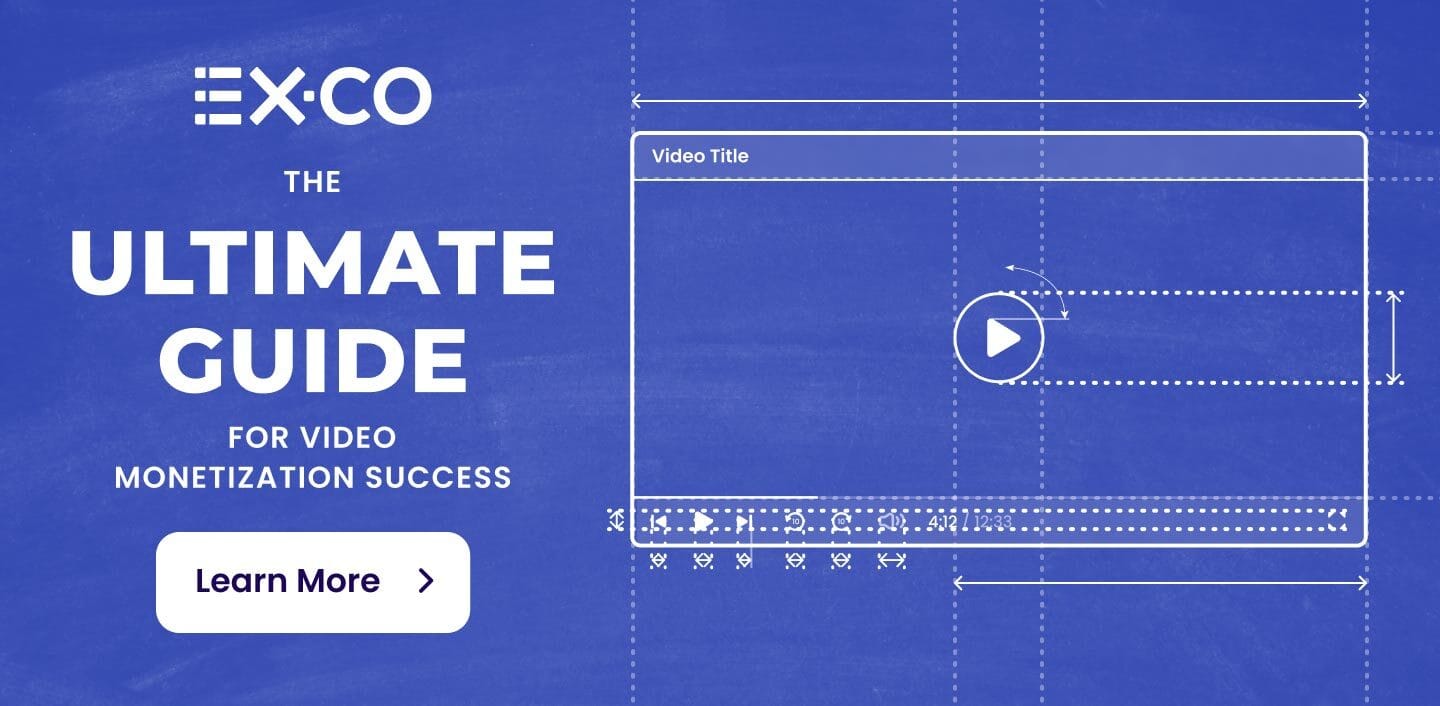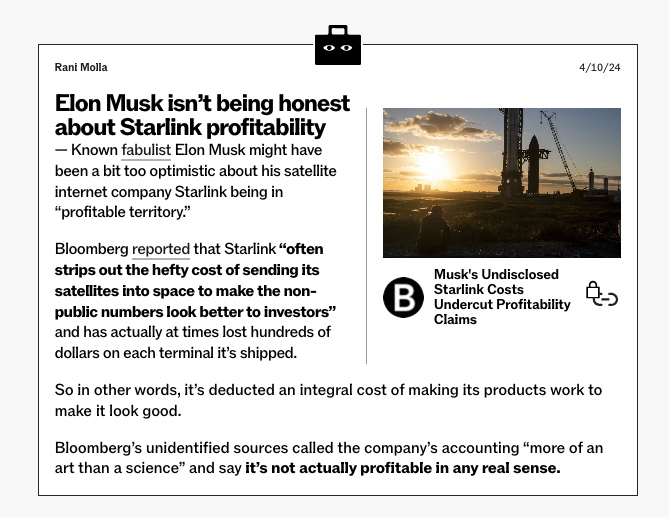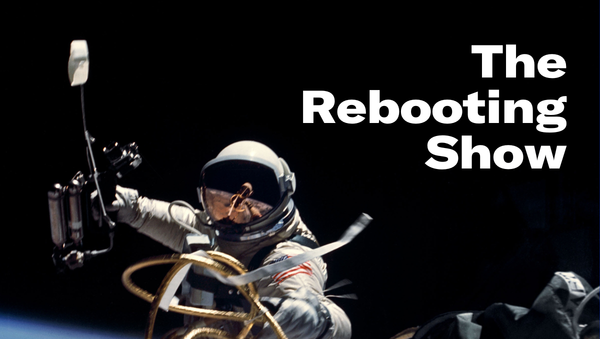CMS to CRM
Webpages in decline, plus a discussion of power

On this week’s People vs Algorithms, we dug into the issue of power, why many people feel more disempowered than ever, and how AI will shift power around. Plus: BuzzFeed’s latest pivot. Listen to People vs Algorithms on Apple | Spotify| other podcast platforms.
In today’s newsletter, I wrote about a shift I’m seeing to build publishing brands around how well you can know your audience. Often audience data was simply exhaust from the publishing process. It’s now at the center. Also, highlights from yesterday’s online forum focused on getting off the traffic treadmill. First, a message from EX.CO.

Your guide to profitable video monetization

Designing a video monetization strategy can be overwhelming but the experts at EX.CO have put together this blueprint to simplify your path to video success. “The Publisher’s Blueprint to Achieving Successful Video Monetization at Scale” includes simple steps guaranteed to maximize your video monetization, including the necessary materials and techniques you’ll need to assemble your program and grow.
Whether you’re launching a new program from scratch, or looking to fine-tune and scale an existing one, this blueprint will optimize your video monetization while providing a best-in-class user experience. Read now.
From unknown to known
Site launches were once events. New publishing brands would debut with calling cards for how they would find a seam.
The site was important because it was the home base, even if the majority of distribution took place through social networks and search engines. All that was designed to bring people back to a website, even if the design work shifted more to the article page than the homepage.
Now site launches are muted affairs. Sherwood News is a fine looking site, and I like how it has integrated Chartr and emphasized charts and data visualizations. These cards for aggregation are nice too.

But what’s most interesting about Sherwood is that it’s starting with a giant email list thanks to its incubation inside Robinhood. That’s the value center.
That reflects a stark reality: the webpage is in decline. I get pushback when I mention how hard it is to imagine people in 10 years hitting back buttons on web browsers and closing dozens of popups. It already feels outdated, and the inconvenient truth is the webpage is needed to serve ads rather than serve content. The weight of monetization is moving away from ads on pages. Perhaps superformats are next.
That doesn’t mean sites won’t stick around and play a role, only that the value center of a publisher has moved to what you know about your audience vs how you publish. Danny Chricton, former TechCrunch managing editor, said something smart on the Media Empires podcast: He’d start a publishing brand with the CRM rather than the CMS.




